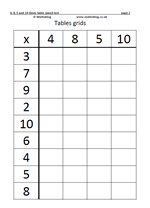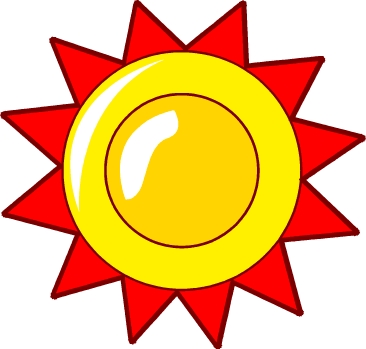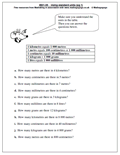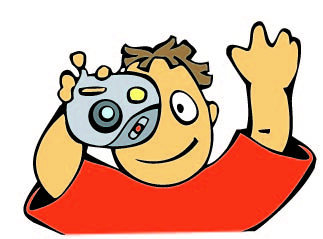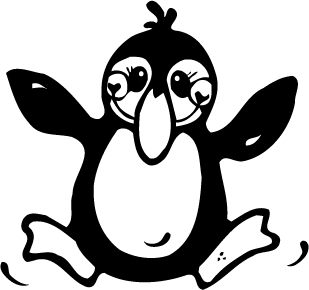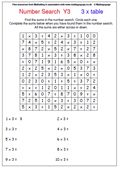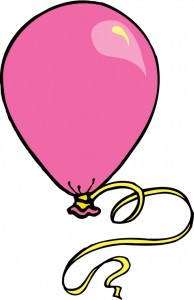 There’s a variety of maths worksheets coming next week, including mental addition with money, counting on and data handling.
There’s a variety of maths worksheets coming next week, including mental addition with money, counting on and data handling.
The addition of money worksheet involves adding pounds and pence mentally. When working mentally it is usual to add the pounds first and then the pence, which, of course, is the opposite of the way we do a question on paper.
Some of these questions involve more than one stage and it might well be a good idea to jot down intermediate answers. For example, when working out the cost of 3 items jot down the answer to the cost of the first two before adding the third. This also makes it easier when checking that answers are correct.
The counting on worksheet is very similar to the year 4 ‘count on in tens’, but this time it is counting on in whole hundreds, again suitable for Year 4. Most of these questions cross the thousands boundary and provide good practice at reading larger numbers.
We will also be having another worksheet which uses tally charts, both interpreting them and providing ideas for children to use their own tally charts.
